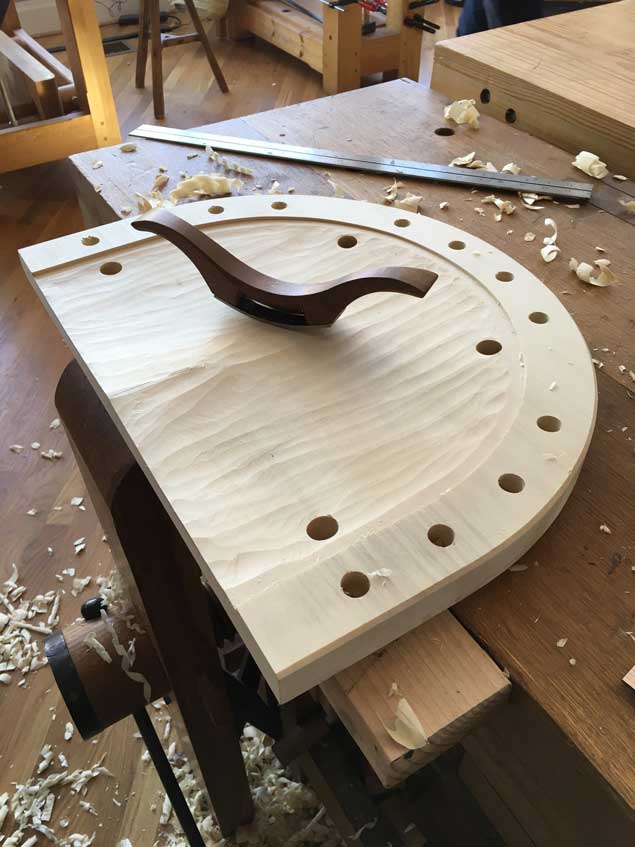We may receive a commission when you use our affiliate links. However, this does not impact our recommendations.
 Here in the Midwest, we seem to have a lot more Buckeyes who are people (it’s the nickname for Ohioans) than actual buckeye trees (Aesculus glabra, sometimes called the horse chestnut). In fact, I’ve lived in the range of the Ohio Buckeye tree for most of my adult life and have never seen it for sale.
Here in the Midwest, we seem to have a lot more Buckeyes who are people (it’s the nickname for Ohioans) than actual buckeye trees (Aesculus glabra, sometimes called the horse chestnut). In fact, I’ve lived in the range of the Ohio Buckeye tree for most of my adult life and have never seen it for sale.
It’s not a popular tree for many reasons. Its leaves and nuts are poisonous and have killed cattle in Indiana. Native Americans used to create a powder from the buckeye that they would throw into lakes to stun fish. But mostly, it’s likely unpopular because the wood is lightweight and not durable. The Wood Database lists it as one of the 10 softest woods.
Recently Brendan Gaffney acquired a small supply of the stuff that was inexpensive, dry, defect-free and just the right size for chair seats. He offered to sell me a couple seat blanks, and I took him up on the offer.
Though the wood is lightweight – it weighs about as much as white pine – its grain is somewhat interlocked. Interlocked grain is an ideal characteristic for a chair seat – you don’t want a seat to split when you drive the legs and spindles home.
I’ve been working with the stuff for a couple weeks now. Here is my report.
- Wow, is it lightweight. I know that balsa is lighter, but this is just amazing. It’s like foam insulation board.
- It reminds me of working cottonwood. I’ve made a few workbenches using cheap cottonwood for the legs. That species has a spongy feel to it when you work it (the finished workbenches don’t feel spongy, however). And its surface can be fuzzy if your tools aren’t sharp. Buckeye is a a lot like cottonwood except it’s not as stringy.
- The grain isn’t heavily interlocked. It’s easy to saw, plane, chisel and bore. Its grain isn’t as interlocked as some species I use for chair seats (such as elm and sycamore). It splits under duress much like white pine. So be careful.
- It is almost featureless. There is little grain to see (though there are figured varieties). Again, it’s a bit like styrofoam.
- Sharp tools produce a shimmering surface. If you know how to sharpen, you will like buckeye and the sheen that your tools leave behind.
All in all, I’d definitely use the material again for chair seats. I’m always looking for a way to lighten the weight of my stick chairs so they are easy for my customers to move around. But I’m probably going to have to ask my local arborist for help in finding the trees. If you ask a local lumberyard employee about “buckeye,” you’re likely to hear, “Hey, that’s me!”
— Christopher Schwarz
Here are some supplies and tools we find essential in our everyday work around the shop. We may receive a commission from sales referred by our links; however, we have carefully selected these products for their usefulness and quality.









Surprised to hear, horse chestnuts are poisonous. We used to collect them to deliver to the forrester for winter feeding roedeers and red deers and wild pigs. They even do it nowadays. I fed them to our sheep, but they liked acorns better. They did never die… just had a strange headshake… they souldn’t eat too much acorns… i like the wood, except from the smell. Had a piece european horse chestnut rather fresh and made a bowl of it. It wasn’t lightweight at all and rather hard to work. It blueing quickly.